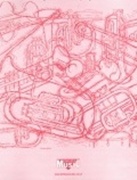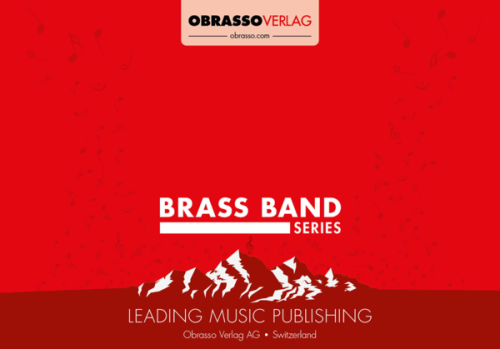We've found 300 matches for your search. Order by
Results
-
 £64.00
£64.00MASTERSINGERS OF NUREMBERG (Prelude) (Brass Band) - Wagner, Richard - Lorriman, Howard
Advanced
Estimated dispatch 7-14 working days
-
 £55.00
£55.00PRELUDE & JUBILATE (Brass Band Set - Score and Parts) - Barry, Darrol
2007 National Championships Area Qualitying Contest - 3rd Section.
Estimated dispatch 7-14 working days
-
 £26.50
£26.50Prelude (Rachmaninoff) (Brass Band - Score and Parts) - Rachmaninoff, Sergei
-
Estimated dispatch 7-14 working days
-
 £26.50
£26.50 -
 £54.20
£54.20PRELUDE AND LARA'S THEME (from Doctor Zhivago) (Brass Band) - Jarre, Maurice - Barry, Darrol
Medium/Easy
Estimated dispatch 7-14 working days
-
 £59.70
£59.70Prelude and Scherzo (Horn or Euphonium Solo with Brass Band - Score and Parts) - Lorriman, Howard
Eb/F Horn or Euphonium/Baritone Solo.
Estimated dispatch 7-14 working days
-
 £54.20
£54.20PRELUDE FROM THE HOLBERG SUITE (Brass Band) - Grieg, Edvard - Lorriman, Howard
Medium
Estimated dispatch 7-14 working days
-
 £38.50
£38.50 -
 £44.95
£44.95PRELUDE TO A FESTIVAL (Brass Band Set)
Estimated dispatch 7-14 working days
-
 £58.60
£58.60
